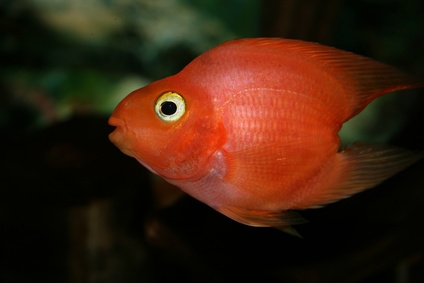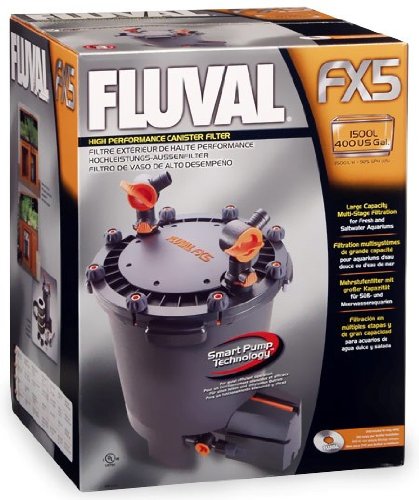
Fishing gear is normally called 'Tackle' and is used by sport fishermen and commercial fishermen while on the job. Gear that is added to the fishing line's end is called terminal tackle. You will find fishing gear in different forms. Let's take a closer look at some of these:
Fish hook
With a fish hook you can catch fish either by snagging the fish's body or by impaling it through the mouth. These hooks are attached to lines or lures. If you're looking for hooks, you should know that they come in different shapes, designs, sizes and materials. There are different hooks for different kinds of fishing. Hooks also differ according to the bait it is designed to hold.
Lure
This object is added to the end of the line that is used for fishing. The lure resembles fish prey and usually moves around to catch attention. The lure is placed on a treble, double or single hook. The lure is made to move as the line is winded back to the reel by jigging the fishing rod. Sometimes the contraption is attached to a moving boat. This is called trolling. Sometimes 'flies' are used by fishermen. These fly lures float on the water or float under the water to resemble insects.
Lures can be used on a fishing reel or fishing rode. If you're using a lure for casting then you would normally cast it out and then retrieve it so the lure swims.
Bait
This term is commonly used by fishermen. Bait can be small fish or insects which are used to attract the attention of bigger fish. Plastic bait is also sometimes used as well as electronic lures. Trout and Salmon are not usually used today because of whirling disease.
Plummet or sinker
This weight is used while fishing to sink the bait or lure deeper or to cover a larger distance. The usual sinker is lead based and shaped in the form of a pipe stem. It swells in the middle. You will find brass wire loops on both sides so it attaches to the line. The sinker weighs about a quarter of an once if you're going trout fishing but can weight several pounds if you're fishing for porgies or sea bass.
Sinkers made of lead are now banned in Canada, UK and USA due to the risk of lead poisoning. This has increased the death toll amongst water birds and other sea creatures.
A swivel sinker has swivels on either side instead of loops. This helps fishermen as the line does not twist and tangle. This is especially useful while trolling. The slide sinker has a leaden tube which enables the lines to go through once the fish has bitten it. Here is fisherman is able to feel even a tiny bite when ordinarily the fisherman can only feel it when the sinker moves. Split shot can also be used on trout lines instead of a sinker. To prevent line entanglement independent swivels are used.
Fishing line
Any fishing cord can be called a fishing line. However, it's important to keep in mind its material, weight and length. A professional fisherman will consider knot strength, breaking strength, castbility, stretch, limpness, UV resistance, visibility and abrasion resistance, prior to making a purchase.
Fishing pole or fishing rod
Whether you're angling or casting, a fishing rod is essential to your success. The fishing line is joined to a flexible and long pole or rod. At one end you will find a hook. Your fishing pole can be any simple stick from where you can suspend a line and attach bait or lure. On the other hand, a fishing rod is more sophisticated as it has a reel and line guides. Length may differ from 20 feet down to 24 inches. It's advisable to get a long rod especially for casting.
Fishing reel
This is used to retrieve the fishing line. This is achieved by mounting a spool on the axle. Reels are mostly used in angling along with a fishing rod. Some advanced reels can be mounted on a boat transom or gunwale.
 Compatibility Between Freshwater Tropical Fish
Compatibility Between Freshwater Tropical Fish
Compatibility Between Freshwater Tropical Fish
Compatibility Between Freshwater Tropical Fish
 Aquarium Setup
Buying an aquarium is a lot
Aquarium Setup
Buying an aquarium is a lot
 Fluval Aquarium Filters
Fluval Fish Tank Filters for Your AquariumIn t
Fluval Aquarium Filters
Fluval Fish Tank Filters for Your AquariumIn t
 Aquarium Heaters
Anyone looking to set up an
Aquarium Heaters
Anyone looking to set up an
 What Are Some Fish for an Outdoor Fish Pond?
What Are Some Fish for an Outdoor Fish Pond?
What Are Some Fish for an Outdoor Fish Pond?
What Are Some Fish for an Outdoor Fish Pond?
Copyright © 2005-2016 Pet Information All Rights Reserved
Contact us: www162date@outlook.com